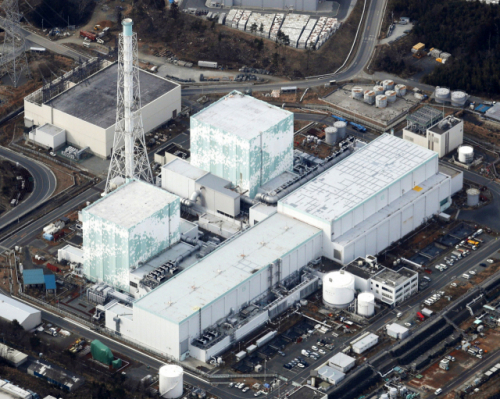Tokyo Electric Power “No radioactive material leakage and safety problems”
 viewer
viewer
On the night of the 13th, cases of damage to the Fukushima No. 1 nuclear power plant caused by a 7.3 earthquake off the coast of Fukushima, Japan have been confirmed one after another. Although it has been announced that no radioactive material has been leaked to the outside, it is noted that there is a possibility that it may affect the decommissioning work underway with the goal of completion in 2041~2051.
NHK Broadcasting reported on the 22nd that Tokyo Electric Power, the operator, has confirmed that the containment pressure of the nuclear reactor of the Fukushima No. 1 nuclear power plant has dropped. At the Fukushima No. 1 nuclear power plant, which hit the tsunami during the March 2011 Great East Japan Earthquake, among all six reactors, core melting occurred due to a cooling system failure in units 1 to 3, which were in normal operation, leading to hydrogen explosions in units 1 and 3. These reactors still maintain a certain level of pressure by continuously injecting nitrogen, an inert gas, into the containment vessel to prevent hydrogen explosion.
In this situation, TEPCO confirmed that the pressure of Unit 1 at 6 p.m. on the 21st has dropped from the normal level of 1.2 kPa (kilopascals) to 0.9 kPa. It is estimated that the damaged part in the explosion 10 years ago due to the earthquake on the 13th was exposed to a drop in the coolant level, and the gas escaped and the pressure dropped. TEPCO explained that there was no safety problem by continuing to inject coolant, saying that the pressure in the containment vessel had dropped, but no leakage of radioactive materials to the outside was observed. TEPCO strengthened data monitoring to check for changes in containment containers after the earthquake.
Earlier on the 18th, a drop in the coolant level was confirmed in the containment vessels containing melted (melted) nuclear fuel of Units 1 and 3. In Unit 1, the water level from 1m 90cm from the bottom of the containment container was 40-70cm, and in Unit 3, the water level from 6m 30cm was found to have decreased by about 30cm. In this regard, Kyodo News Agency reported that there is a possibility that the amount of coolant in the container leaked into the building as the damaged area of the containment container caused by the explosion during the Great East Japan Earthquake increased due to the recent earthquake.
The earthquake caused damage in contaminated water tanks at the site of the Fukushima No. 1 nuclear power plant, as well as about 20 out of 1,000 tanks moving up to 5 cm from their original location. Tokyo Electric Power Co. said that no equipment damage or contaminated water leakage has been identified in the out of position tank.
At Fukushima No. 1 Nuclear Power Plant Units 1 to 4 deployed in one block, high-concentration radioactive contaminated water continues to occur as rainwater and groundwater flow into the circulating coolant that cools the nuclear fuel in the reactor that caused the explosion during the 2011 Great East Japan Earthquake. TEPCO treats the contaminated water with the Nuclear Material Purification System (ALPS) and stores it in a tank.
/ Reporter Park Ye-na [email protected]
< 저작권자 ⓒ 서울경제, 무단 전재 및 재배포 금지 >
